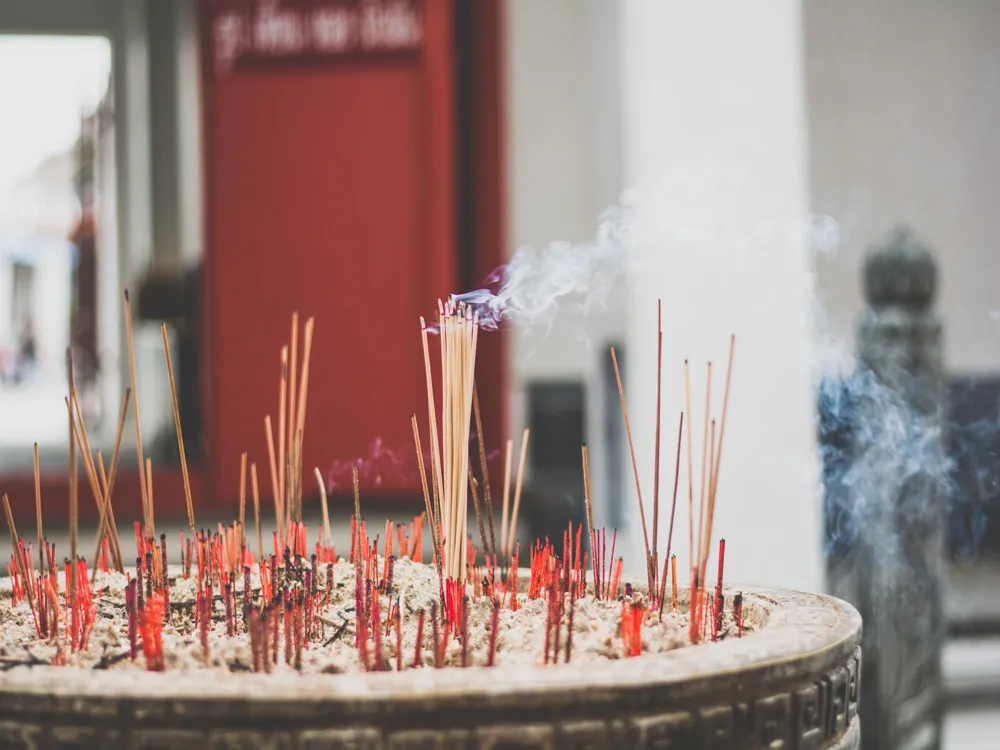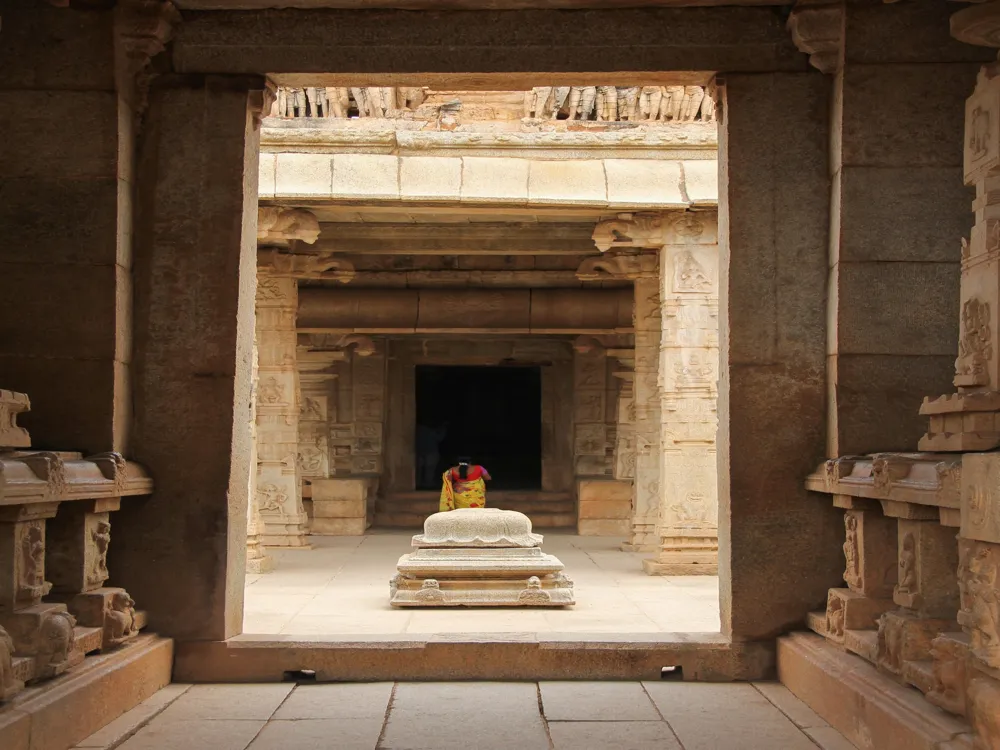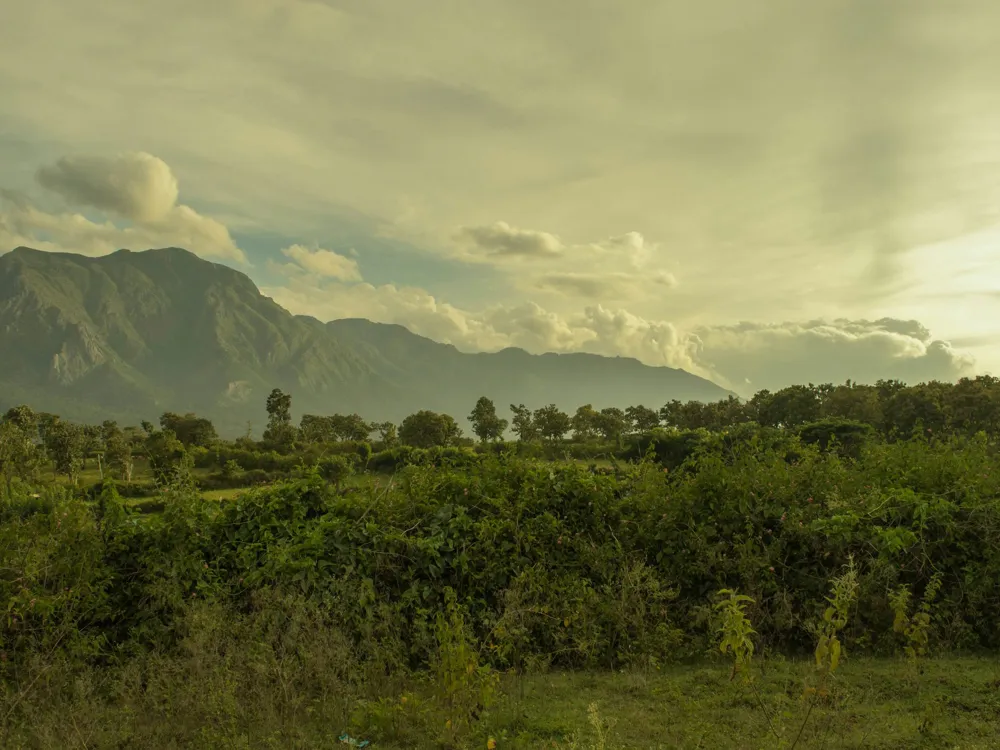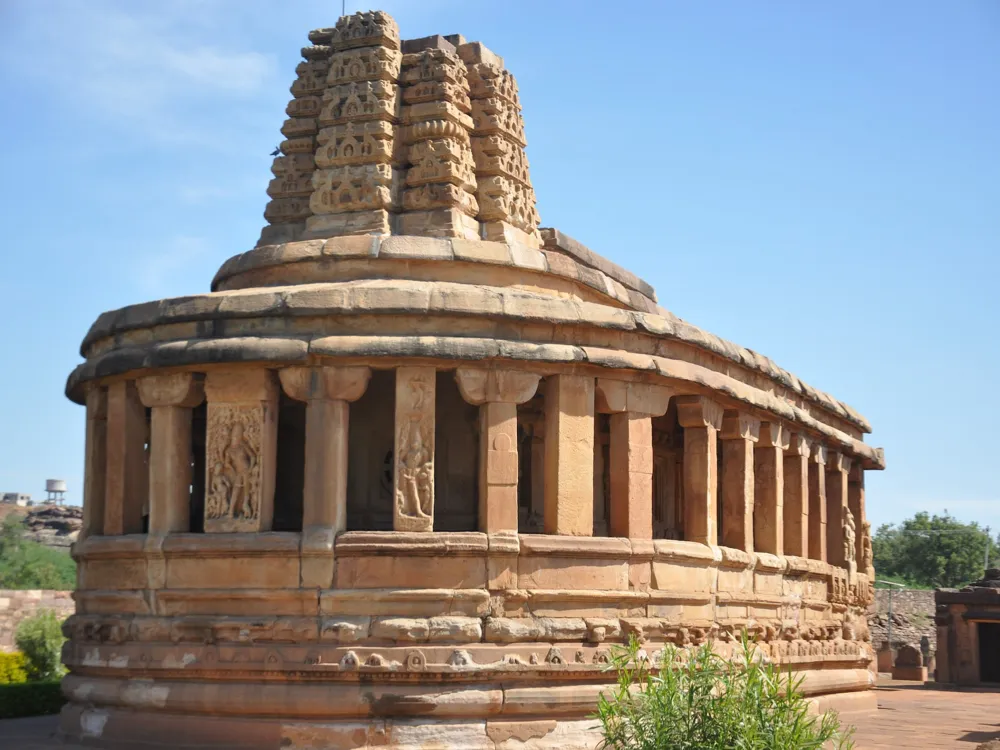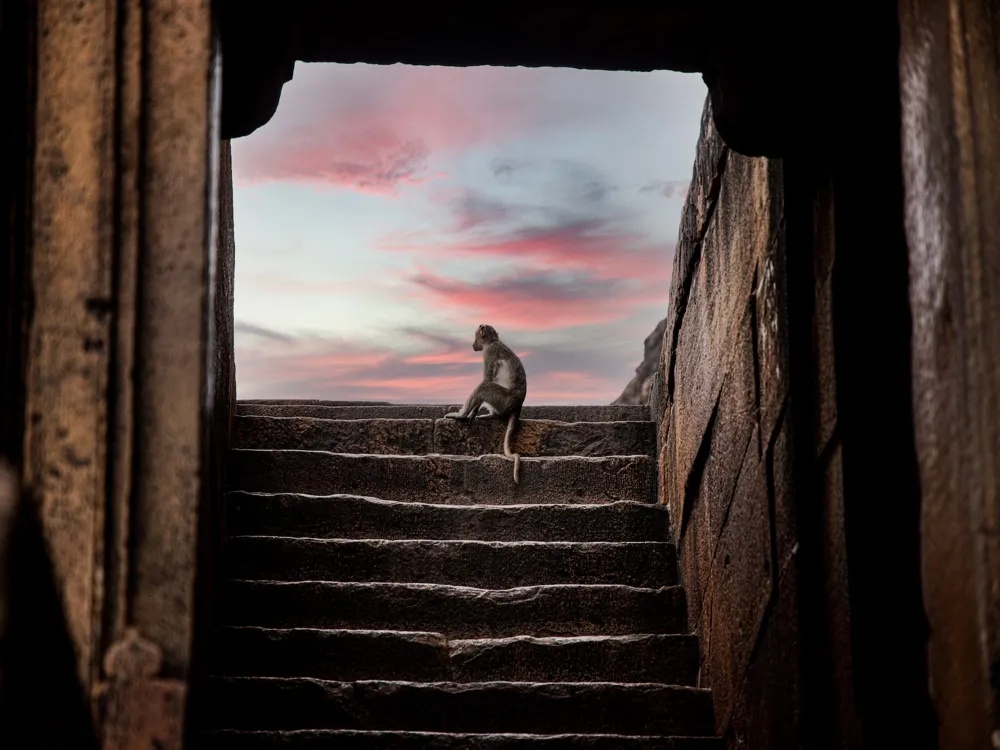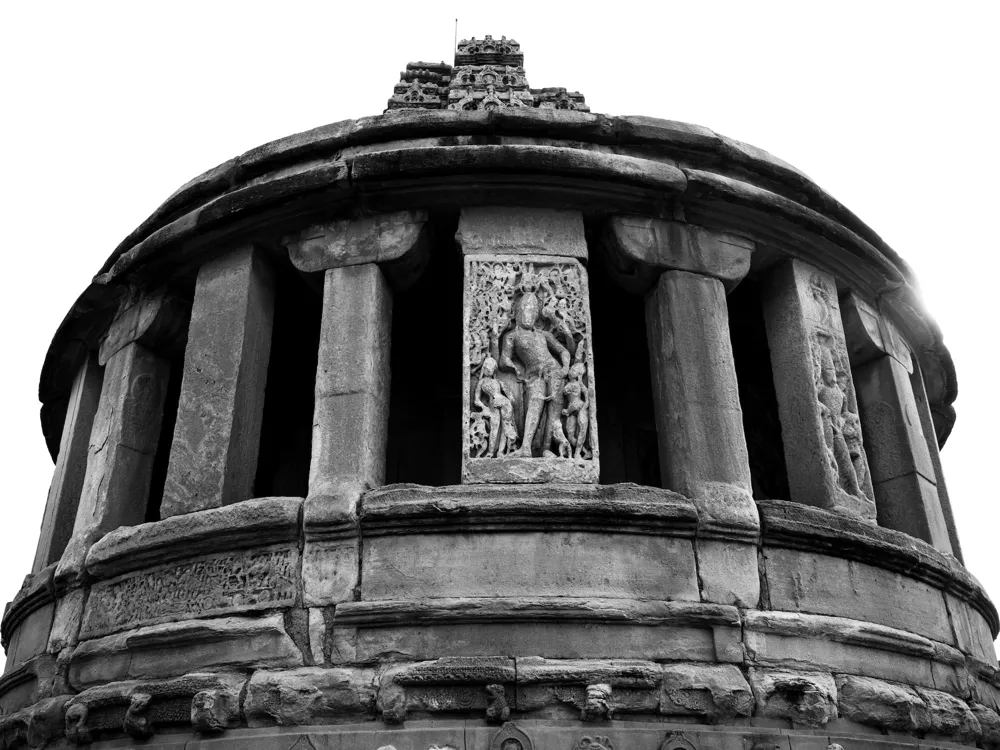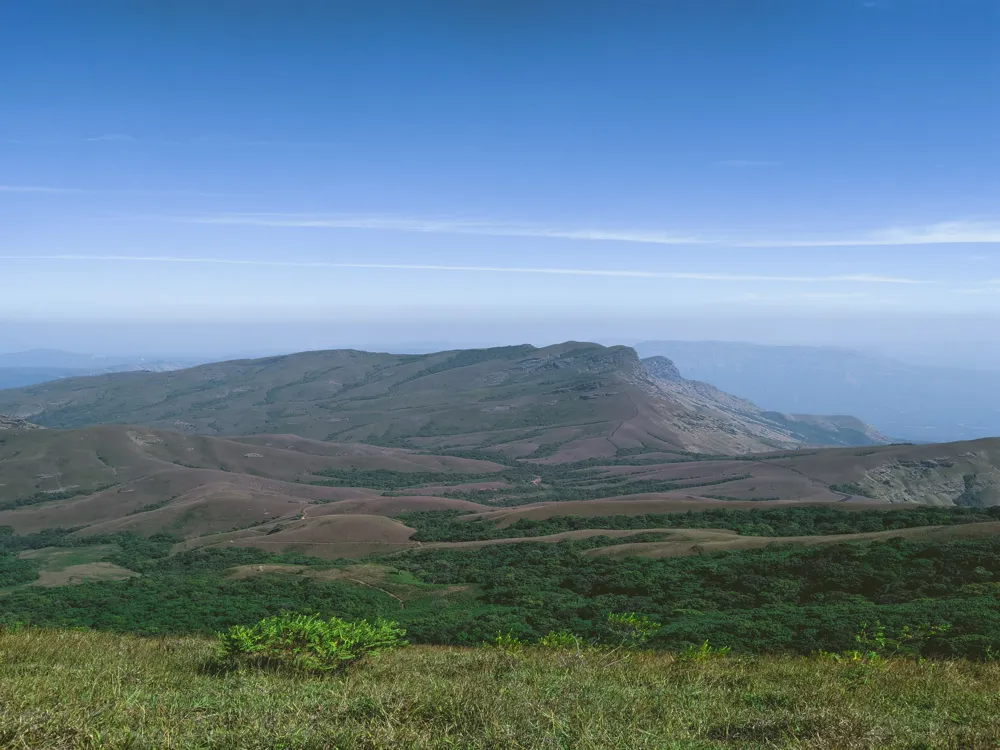Hampi, a UNESCO World Heritage site, is a treasure trove of history, nestled in the ruins of the ancient Vijayanagara Empire in Karnataka, India. Once the flourishing capital of one of India's greatest historical empires, Hampi's landscape is dotted with a plethora of intricately carved temples, majestic palaces, and striking fortifications. This enchanting town, spread over 4,100 hectares, offers a glimpse into its grand past through its architectural marvels and natural beauty, set against the backdrop of the Tungabhadra River.
The history of Hampi dates back to the 14th century, when it was established by Harihara I and Bukka Raya I of the Sangama Dynasty. The city's significance grew rapidly, becoming one of the largest medieval-era cities of the world by the 1500s. Hampi was not just the capital of the Vijayanagara Empire but also a cultural and trade hub. Its markets were famous for trading in spices, cotton, and precious stones, attracting traders from as far as Persia and Portugal.
However, Hampi's prosperity was short-lived. In 1565, the city faced a catastrophic military defeat at the hands of the Deccan Sultanates, leading to its decline and eventual abandonment. Despite this, the remnants of Hampi continue to tell the tales of its erstwhile glory. The site is spread across a rugged, boulder-strewn landscape, with each ruin having a story to tell. The Virupaksha Temple, Vittala Temple, and the Hampi Bazaar are some of the prominent landmarks that draw visitors from across the globe.
Hampi is not just about ruins; it is a journey back in time. It is a place where history comes alive amidst the whispers of ancient stones and the grandeur of forgotten empires. Visitors to Hampi are often left mesmerized by its haunting beauty, vibrant history, and the serene Tungabhadra River that flows through it.
The architectural legacy of Hampi is a testament to the ingenuity and skill of the Vijayanagara artisans. Hampi's architecture is a harmonious blend of Dravidian and Indo-Islamic styles, mirroring the eclectic cultural ethos of its era. The city's ruins are primarily made up of temples, palaces, market streets, aquatic structures, ancient bazaars, and civic buildings, each displaying a unique architectural style and intricate craftsmanship.
The Virupaksha Temple, dedicated to Lord Shiva, stands as a pinnacle of Vijayanagara architecture. This temple predates the Vijayanagara empire and was expanded during the reign of Krishnadevaraya. Its towering gopura (gateway) is a landmark of Hampi, adorned with intricate carvings and paintings. The temple complex houses several smaller shrines and mandapas (pavilions), each rich in detail and history.
Another architectural marvel is the Vittala Temple, famous for its exceptional craftsmanship. The temple's stone chariot, a spectacular monolithic structure, is an iconic symbol of Hampi. The temple complex is renowned for its musical pillars, which emit musical notes when tapped. These pillars are a testament to the advanced understanding of acoustics and engineering by the Vijayanagara builders.
The Lotus Mahal, another significant structure, showcases the fusion of Hindu and Islamic architectural styles. Its symmetric design, archways, and geometric patterns reflect a departure from the predominantly Dravidian style prevalent in Hampi's other structures. The Mahal is thought to have been a socializing area for the royal women of the Vijayanagara Empire.
The Hampi Bazaar, a once-thriving market, runs in front of the Virupaksha Temple. This street, lined with a series of old pavilions, some of which were residences and shops, reflects the social and economic dynamics of Hampi's bygone era. Aquatic structures like the Queen’s Bath and the Pushkarini (stepped tanks) exhibit the sophistication in civil engineering and water management systems of the time.
The architectural splendor of Hampi is not just in its grand temples and palaces but also in its basic civic utilities like water tanks, roads, and bridges, which show a high degree of planning and engineering prowess. The ruins of Hampi are a live canvas, displaying the glory of a vanished empire and its rich architectural heritage, which continues to awe and inspire.
The ideal time to visit Hampi is from October to March, when the weather is pleasant. Summers can be extremely hot, making exploration less comfortable. Options range from budget stays to luxury resorts. Staying in Hospet, a nearby town, offers more variety in accommodation. Local auto-rickshaws, bicycles, and mopeds are the best ways to explore Hampi. Hiring a guide can enrich your experience with historical insights. Visitors are encouraged to dress modestly and respect local customs, especially when visiting temples and religious sites. While photography is allowed in most areas, some places may have restrictions. Always check for signs or ask for permission.
Hampi is well-connected and can be reached by various modes of transportation. The nearest airport is in Bellary, about 60 km away. Visitors can also fly to Hubli or Bangalore and take a train or bus to Hampi. Hospet, 13 km from Hampi, is the nearest railway station with good connectivity to major Indian cities. Regular bus services are available from Bangalore, Mysore, Goa, and other nearby cities to Hampi. For those driving, Hampi is well-connected by road to major cities in Karnataka.
Overview of Hampi, Karnataka
Architecture of Hampi
Tips When Visiting Hampi
Best Time to Visit
Accommodation
Transportation within Hampi
Respecting Local Culture
Photography
How To Reach Hampi
Elephant Stables
Hampi
Karnataka
NaN onwards
View hampi Packages
Weather :
Label : Must Visit
Tags : Monument
Time Required : 1 hour
Tickets : Entry Fee for Indians: INR 10.00
Entry Fee for Foreigners: INR 250.00
Entry Fee for Children: Free for Children under 15 years of age
Photography: Allowed (no extra charges levied)
Timings : 8:30 AM to 5:30 PM on all days of the week
Planning a Trip? Ask Your Question
Hampi Travel Packages
View All Packages For Hampi
Top Hotel Collections for Hampi

Private Pool

Luxury Hotels

5-Star Hotels

Pet Friendly
Top Hotels Near Hampi
Other Top Ranking Places In Hampi
View All Places To Visit In hampi
View hampi Packages
Weather :
Label : Must Visit
Tags : Monument
Time Required : 1 hour
Tickets : Entry Fee for Indians: INR 10.00
Entry Fee for Foreigners: INR 250.00
Entry Fee for Children: Free for Children under 15 years of age
Photography: Allowed (no extra charges levied)
Timings : 8:30 AM to 5:30 PM on all days of the week
Planning a Trip? Ask Your Question
Hampi Travel Packages
View All Packages For Hampi
Top Hotel Collections for Hampi

Private Pool

Luxury Hotels

5-Star Hotels

Pet Friendly







